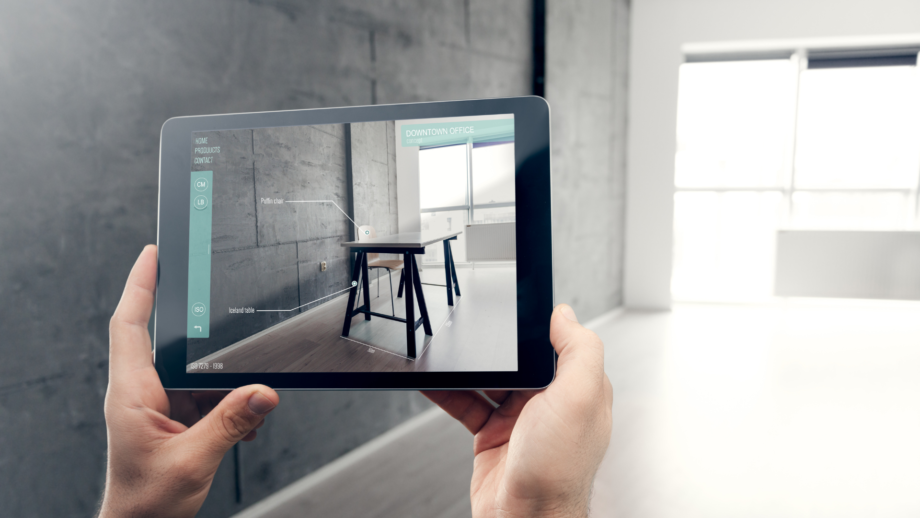It is already clear how emerging technologies can change the way reality is perceived, but have you ever thought about the potential and possibilities released when it comes to applying them to E-commerce?
Breaking the barrier between physical and virtual space offering increasingly immersive reality experiences to users making them live proactively and physically interact with the products offered, could be a short sum-up of what E-shop could do using virtual and augmented reality.
But what are the practical advantages that emerging technologies could bring to e-commerce and companies using them?
Exploiting virtual experiences, tours with the use of 360° videos, interactive VR, and augmented and virtual reality, the innovative e-commerce will allow the user to live a fully interactive experience. In fact, allowing the visitor to see the objects in different contexts of use before purchasing and showing specifics features and dimensions selecting specific preferences will reduce consequently any doubts for the customer, and will make it easier to choose the product and its characteristics opening for the user the possibility for a personalised purchase: a pivotal contribution in the decision-making phase.
Concerning the examples, among the brands that exploit augmented reality in the clothing sector, there is Burberry that, in 2017, added to its app an AR feature that interacts with the users’ camera permitting them to virtually redecorate their surroundings with several elements and drawings by the artist Danny Sangra, all inspired by the “Burberry style”. Images of the experience were then posted on users’ social networks.
More recently, the fashion company in occasion of the launch of the Pocket Bag Spring/Summer 21, has created an AR experience permitting users to design a 3D sculpture of the bag in line with the themes of its advertising campaign to be shared on social media. Also, AR was implemented in E-commerce to show the Pocket Bag, in four different shapes and sizes, in the surrounding environment and compering it in scale with others objects before buying it.
Another example comes from the world of wine where an Australian wine brings bottle labels to life through this technology. Once consumers have downloaded the Living Wine Label application, point the camera on the bottle permitting the characters on the labels to narrate their story and provide more information on the product in question.
A good example of Virtual Reality on E-commerce comes from eBay in 2016. Exploiting Google’s cardboard headsets and a compatible app, allowed users to interact, buy products only with their eyes, and explores the features of the product in question in a totally virtual store created ad hoc.
All these possibilities of application bring us to an interesting conclusion, that of obtaining greater involvement of the visitors of the e-commerce, improving the relationship the brand is constructing with the consumers guaranteeing an engaging online shopping experience.
Engagement, immersion, memorability, interactivity, impact on sales, and increasing brand awareness are just some of the reasons why AR and VR are becoming pivotal in the e-commerce area evolving into a powerful and effective element of differentiation that will make people return to your e-commerce.


